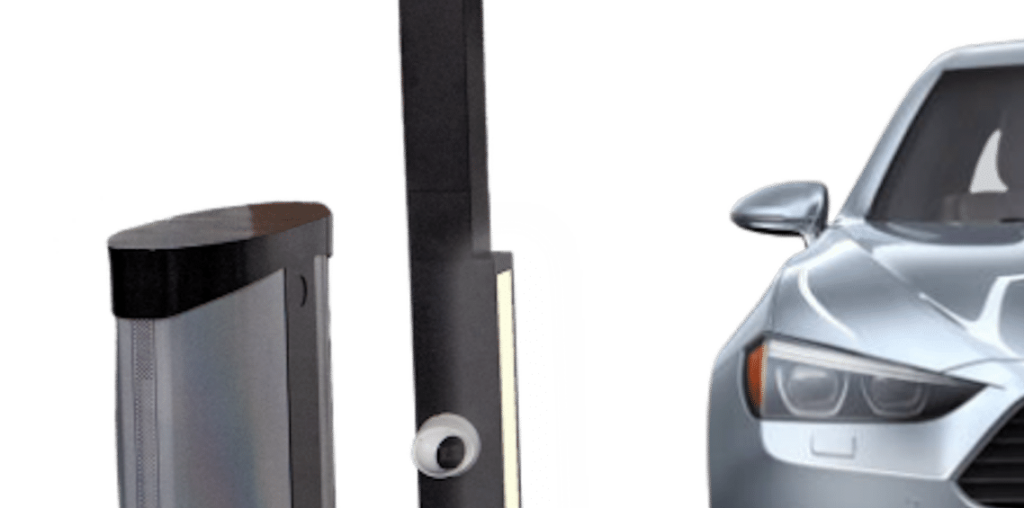The automotive industry has seen significant advancements in technology, particularly in the area of vehicle inspection. Upgrading your facility with the latest Inspection Lane System technology can improve the efficiency, accuracy, and speed of vehicle assessments. By integrating cutting-edge tools, you can not only meet regulatory requirements but also enhance customer satisfaction. In this guide, we will explore how you can transform your facility with modern inspection systems, the benefits they offer, and what key factors you should consider when selecting an inspection lane system for your operation.
Understanding the Purpose of an Inspection Lane System
An inspection lane system is a series of interconnected tools and technologies used to perform comprehensive checks on vehicles in a structured and efficient manner. These systems are designed to ensure that vehicles meet safety, performance, and emission standards. For automotive service centers, upgrading to a modern inspection lane system allows for more precise, automated inspections, reducing the need for manual intervention and human error.
Key Components of an Inspection Lane System:
- Brake testers: Analyze braking efficiency and balance.
- Suspension testers: Assess the condition of a vehicle’s suspension system.
- Emission analyzers: Test vehicle emissions to ensure compliance with environmental regulations.
- Alignment systems: Verify wheel alignment to enhance vehicle handling and tire longevity.
Why Upgrade to the Latest Inspection Lane System Technology?
As technology evolves, older inspection systems can become outdated, slower, and less reliable. Upgrading your inspection lane system ensures that your facility remains competitive in an industry that prioritizes speed and accuracy. Here’s why upgrading is essential:
Improved Accuracy
Newer systems incorporate advanced sensors, cameras, and computer algorithms that reduce the margin of error in vehicle diagnostics. This precision ensures that vehicles meet all safety and performance standards, protecting your business from potential legal or safety issues.
Increased Efficiency
The latest systems are designed to speed up the inspection process. Automation minimizes manual intervention, reducing time spent on each vehicle and allowing your facility to handle more clients in a day. This increase in throughput can significantly boost your revenue.
Enhanced Data Integration
Modern systems can seamlessly integrate with your facility’s management software, making it easier to store and analyze vehicle inspection data. This integration allows for better reporting, customer communication, and future diagnostic reference.
Key Features to Look for in the Latest Inspection Lane Technology
When upgrading your facility’s inspection lane system, it’s essential to identify features that best suit your operational needs. Below are some critical aspects to consider:
Automation Capabilities
Look for systems that offer high levels of automation. Automated systems can streamline the inspection process by eliminating the need for a technician to operate each station manually. This also ensures more consistent results, as machines reduce the risk of human error.
Modular Design
A modular system allows you to add or remove components depending on your specific needs. For instance, if your facility doesn’t perform emissions testing, you can exclude that module. Modular designs are also more cost-effective as they allow you to upgrade individual parts over time.
Connectivity and Integration
Ensure the system integrates seamlessly with your facility’s software, such as inventory management or customer relationship management (CRM) tools. Many modern systems offer cloud-based data storage, providing real-time access to information, which can be useful for remote monitoring and diagnostics.
Compliance with Industry Standards
Your upgraded inspection lane system should comply with the latest safety, environmental, and emission standards. This ensures that your facility can service vehicles that must meet these requirements, particularly in regions with stringent regulatory demands.
Benefits of Using the Latest Inspection Lane System Technology
By investing in the most up-to-date inspection lane technology, your facility can enjoy a range of operational and customer-focused benefits:
Boosted Productivity
Modern systems help technicians perform inspections faster and more efficiently. With automated processes, you can reduce vehicle wait times, increasing the number of cars inspected each day. This efficiency is essential in maintaining a competitive edge and delivering exceptional customer service.
Enhanced Customer Experience
Clients value transparency and accuracy in vehicle inspections. The latest systems allow you to provide detailed reports, including photos, videos, and data logs, giving customers confidence in the results. This transparency builds trust, encourages repeat business, and fosters long-term relationships with your clientele.
Cost Savings Over Time
Although upgrading to a new inspection lane system requires an initial investment, the long-term benefits outweigh the costs. Enhanced precision reduces the likelihood of re-inspections or missed defects, while improved efficiency cuts down labor costs. Additionally, reduced downtime means your facility can operate at full capacity more often, maximizing revenue potential.
Environmentally Friendly Solutions
Many modern inspection systems focus on reducing environmental impact. Systems that include advanced emission testing help ensure vehicles meet the latest environmental regulations, contributing to cleaner air and a greener planet. This feature is especially valuable as more regions adopt stringent emission standards for vehicles.
Steps to Successfully Upgrade Your Facility’s Inspection Lane System
Upgrading your facility requires a well-thought-out approach to ensure the transition is smooth and efficient. Here are the steps to follow when upgrading:
Assess Your Current System
Before making any upgrades, evaluate your current inspection lane system. Identify its strengths and weaknesses, particularly in terms of speed, accuracy, and regulatory compliance. This assessment will help you understand what you need from a new system.
Research the Latest Technologies
Not all inspection lane systems are created equal, and the market offers a wide range of options. Take the time to research the latest technologies, and consult with vendors or industry experts to understand which systems will best suit your needs. Consider factors such as scalability, customer support, and future-proofing options.
Budget Planning
An upgrade can be a significant investment, so it’s essential to budget accordingly. Consider the long-term cost savings when calculating the return on investment (ROI). Many manufacturers offer financing options or tiered pricing based on the size of the facility and the components required.
Train Your Staff
Once the new system is in place, your technicians and staff will need training on how to use it effectively. Many manufacturers provide training as part of the installation package. Ensure all staff are comfortable using the new system, as well-trained personnel will maximize the benefits of the upgrade.
Monitor and Optimize
After upgrading, continue to monitor the performance of your new inspection lane system. Collect data on throughput, accuracy, and customer feedback to assess its impact. Regularly review and fine-tune operations to maximize productivity and efficiency.
Common Challenges When Upgrading an Inspection Lane System
While upgrading to the latest technology offers many benefits, the process can come with some challenges. Being aware of potential issues can help you address them proactively:
Installation Downtime
Upgrading your inspection lane system may require shutting down operations temporarily, which could result in lost revenue. Plan the installation during off-peak times, or break the process into stages to minimize disruption.
Cost of Upgrades
Although the long-term benefits of upgrading are clear, the initial investment can be substantial. To mitigate costs, consider phased upgrades or seek financing options to spread the expense over time.
Conclusion
Upgrading your facility with the latest Inspection Lane System technology is an investment that pays off in terms of accuracy, efficiency, and customer satisfaction. By adopting modern tools that offer automation, data integration, and compliance with industry standards, your facility can stay ahead of competitors while providing top-notch service to your clients.From improving your facility’s operational workflow to enhancing customer trust through transparent and accurate inspections, modern inspection lane systems are essential for future-proofing your business. Take the time to assess your needs, research your options, and strategically implement the latest technology to ensure long-term success and growth.



